Urban sprawl strains city's drainage system
Pipelines in the provincial capital struggle with growing sewage burden
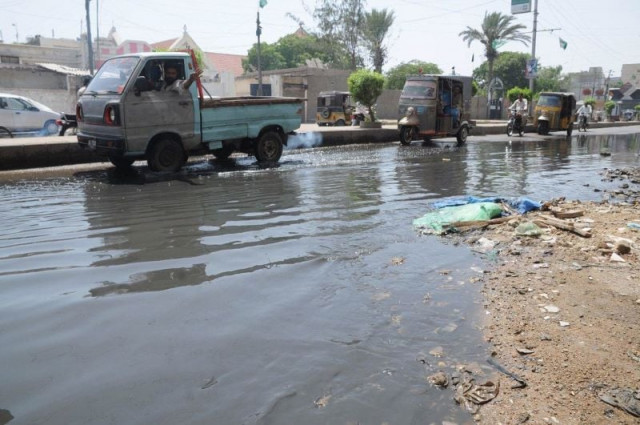
Where the proliferation of low to average-cost housing societies on the outskirts of the city have benefited both the real estate network and the low-income urban settlers, they have also overburdened the outdated sewerage network.
Despite the Punjab government launching a cleanliness program aimed at keeping cities clean, after an initial burst of activity, progress slowed down, and sewage water could be seen accumulating on roads and streets in many areas. In particular, water from various societies and local communities situated along Lahore's GT Road frequently overflowed onto the GT Road.
Although temporary drainage solutions were implemented in response to local complaints, the issue inevitably resurfaced within days since the city's sewerage and drainage system is approximately 40 years old.
Although annual repairs are carried out in some areas, with new sewer lines laid in the streets and neighbourhoods, these additions only put extra pressure on the already outdated main lines and drains.
According to the Water and Sanitation Agency (WASA), Lahore has a total sewerage network spanning 3,610 kilometres. The city is equipped with 11 major pump stations that discharge sewage water into the drainage system.
In addition, there are four drainage pump stations and a total of 563 drainage stations throughout the city, which also has eight major drains and 76 tributary drains, with a combined total length of 180 kilometres.
WASA officials report that 563 cubic feet of sewage water is discharged daily, and 80 per cent of the urban population is being covered.
Abdul Karim, former Deputy Managing Director of WASA Lahore, told The Express Tribune that Lahore's obsolete sewerage and drainage lines have reached the end of their lifespan and urgently require upgrading. "Many multi-storey plazas have been constructed in urban areas.
The population has increased significantly, which has reduced the capacity of the sewer lines. As per the law, housing schemes being developed around the city are required to obtain approval from WASA for their internal sewerage lines.
However, this regulation is often disregarded, and as a result, these societies construct their own sewage pumping stations and discharge untreated sewage into WASA's drains," said Karim.
Urban planner and developer, Tanveer Khan stressed that merely cleaning sewer lines and drains offered only a temporary solution to Lahore's sewerage problems and a comprehensive upgrade of the sewer system was essential for major cities like Lahore, where numerous areas struggle with broken sewer lines. "People are clogging sewer lines by throwing plastic, stones, and garbage into them. This highlights the need to upgrade the sewer system to keep pace with the city's rapid growth and development. Lahore's eight major drains and 66 connected drains can only handle 100 mm of rainwater, while the total discharge capacity is 6,140 cusecs," revealed Khan.
To gain insight into WASA's future plans for improving Lahore's sewerage system and inquiring about the construction of new drains, attempts were made to contact the Managing Director of WASA, Ghufran Ahmed alongside another spokesperson from the department. Unfortunately, despite repeated efforts, neither of the officials responded.

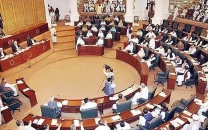
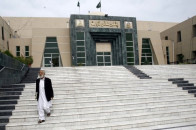

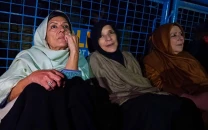
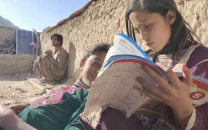
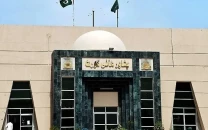


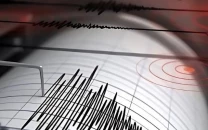
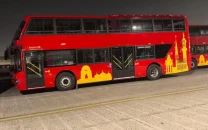

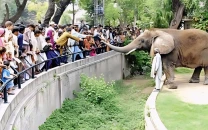






COMMENTS
Comments are moderated and generally will be posted if they are on-topic and not abusive.
For more information, please see our Comments FAQ